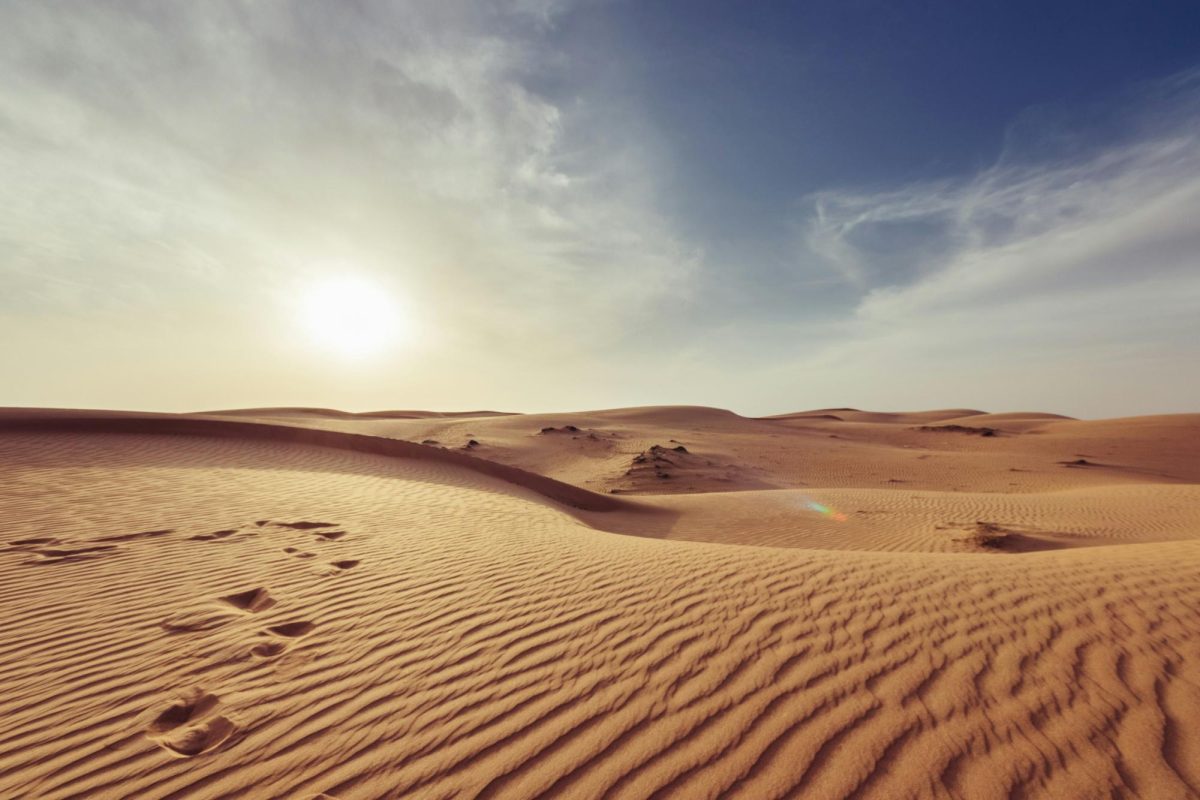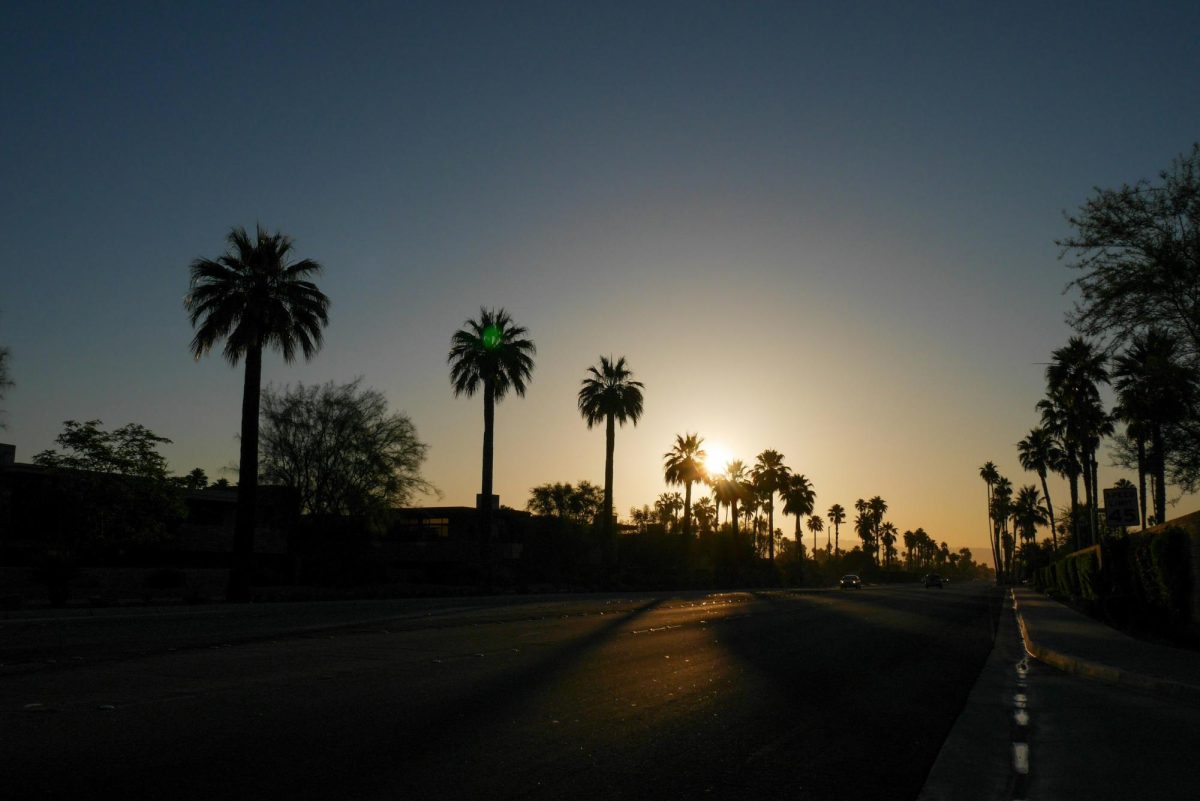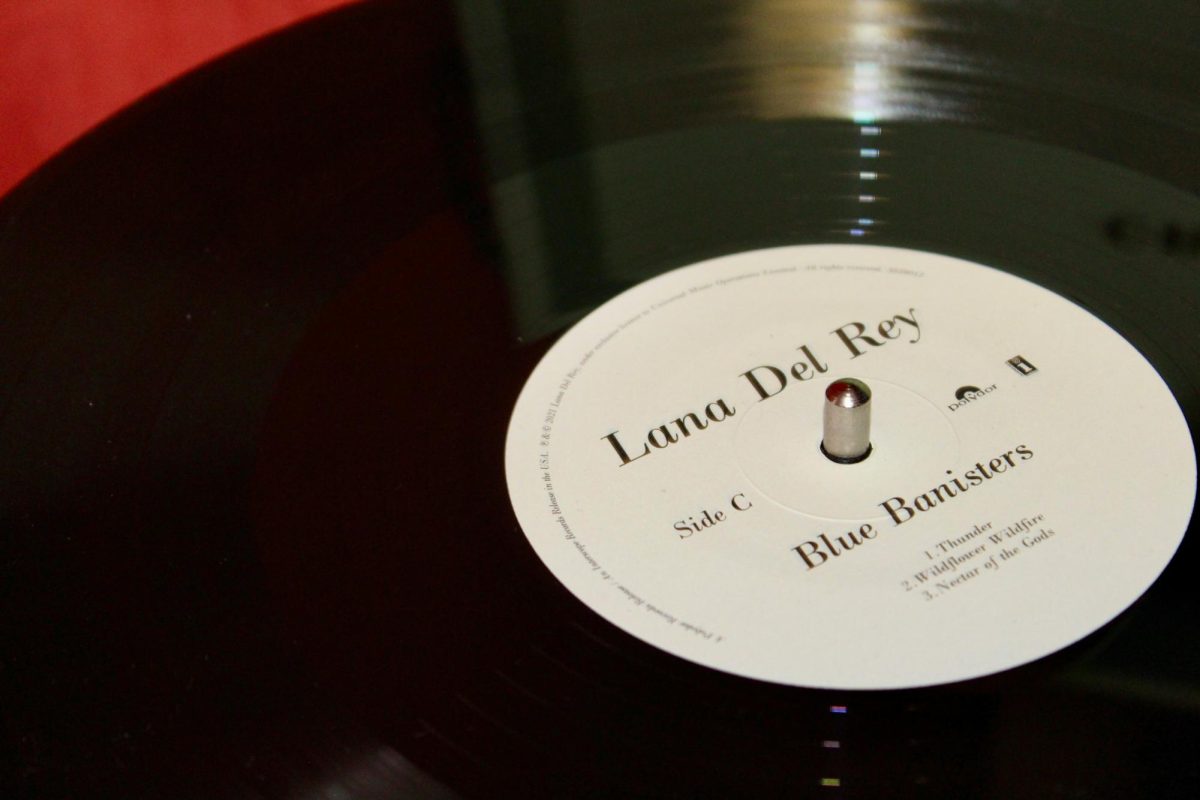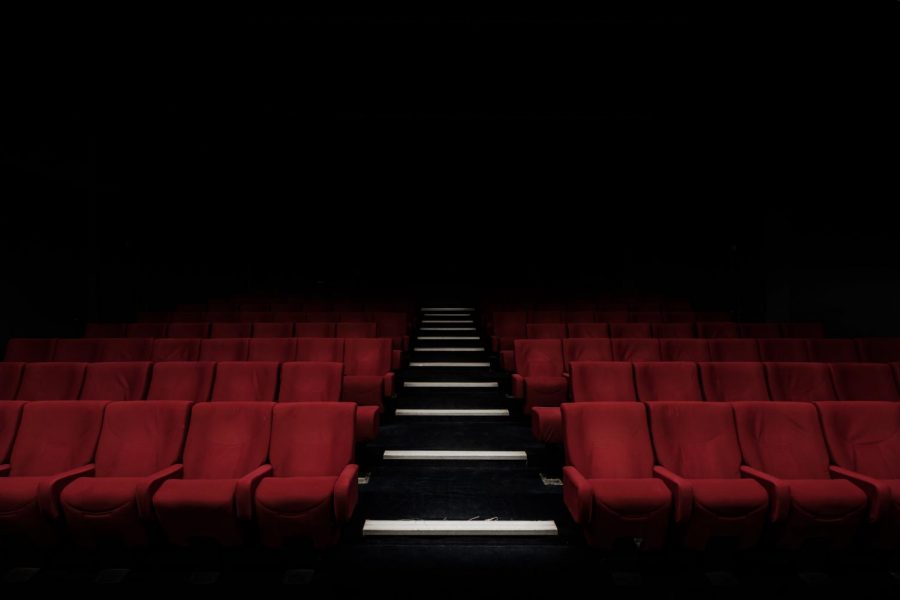Chile’s Atacama Desert is home to some of Earth’s driest landscapes. These conditions have preserved ancient art in the area for over 3,000 years. Centuries-old carvings, known as geoglyphs, were meticulously crafted by Indigenous peoples and used to convey messages and ideas. However, the art in the Atacama Desert has been severely damaged recently by modern desert racing.
Each year, hundreds of people flock to the Atacama Desert to race in high-speed circuits across the barren landscape. While thrilling, the sport has had negative effects on its environment. The four-meter sculptures and figures created by pre-Hispanic Andean peoples are being subjected to more damage with each passing day due to being driven over by off-road vehicles. Gonzalo Pimental, the director of the Atacama Desert Foundation, says that most of the damage is irreversible. The accumulated impact of these races has led to significant damage to the previously well-preserved art, eroding centuries of history in the process.
The carved images, which depict animals, humans and symbolic shapes, were markers along ancient caravan routes and acted as a guide through the desert. They served as indicators of things such as water holes and forks in the road. The geoglyphs stood as a testament to the creative capacity of the people who lived in extreme environments like the Atacama Desert. Their destruction represents a diminishing connection to local culture and to the past, as well as a concerning modern disregard for ancient artifacts.
The dilemma facing archaeologists and cultural preservationists today is how to balance and control the enthusiasm for exciting modern activities, such as desert racing, while prioritizing the protection of these ancient and irreplaceable sites. Without stronger preservation efforts, more of the geoglyphs risk being erased from history forever.









